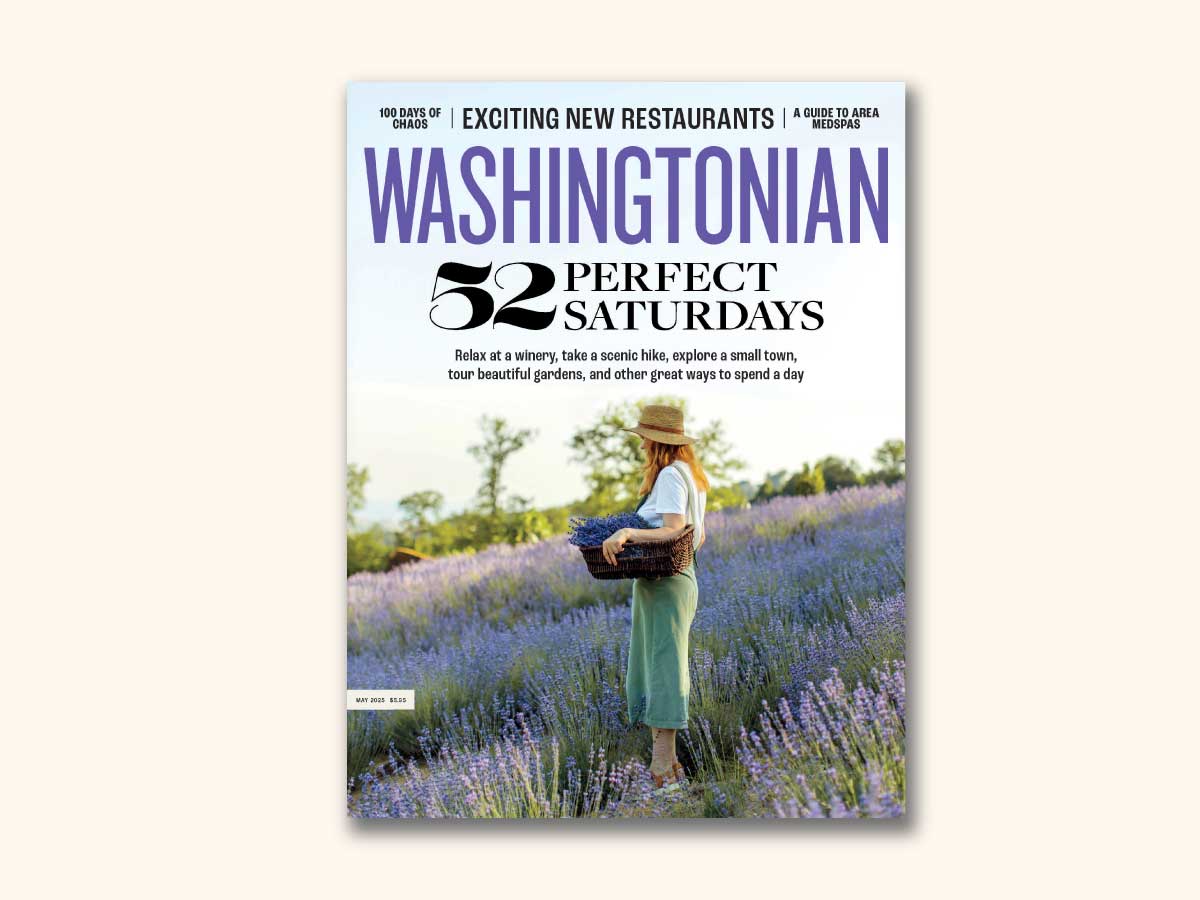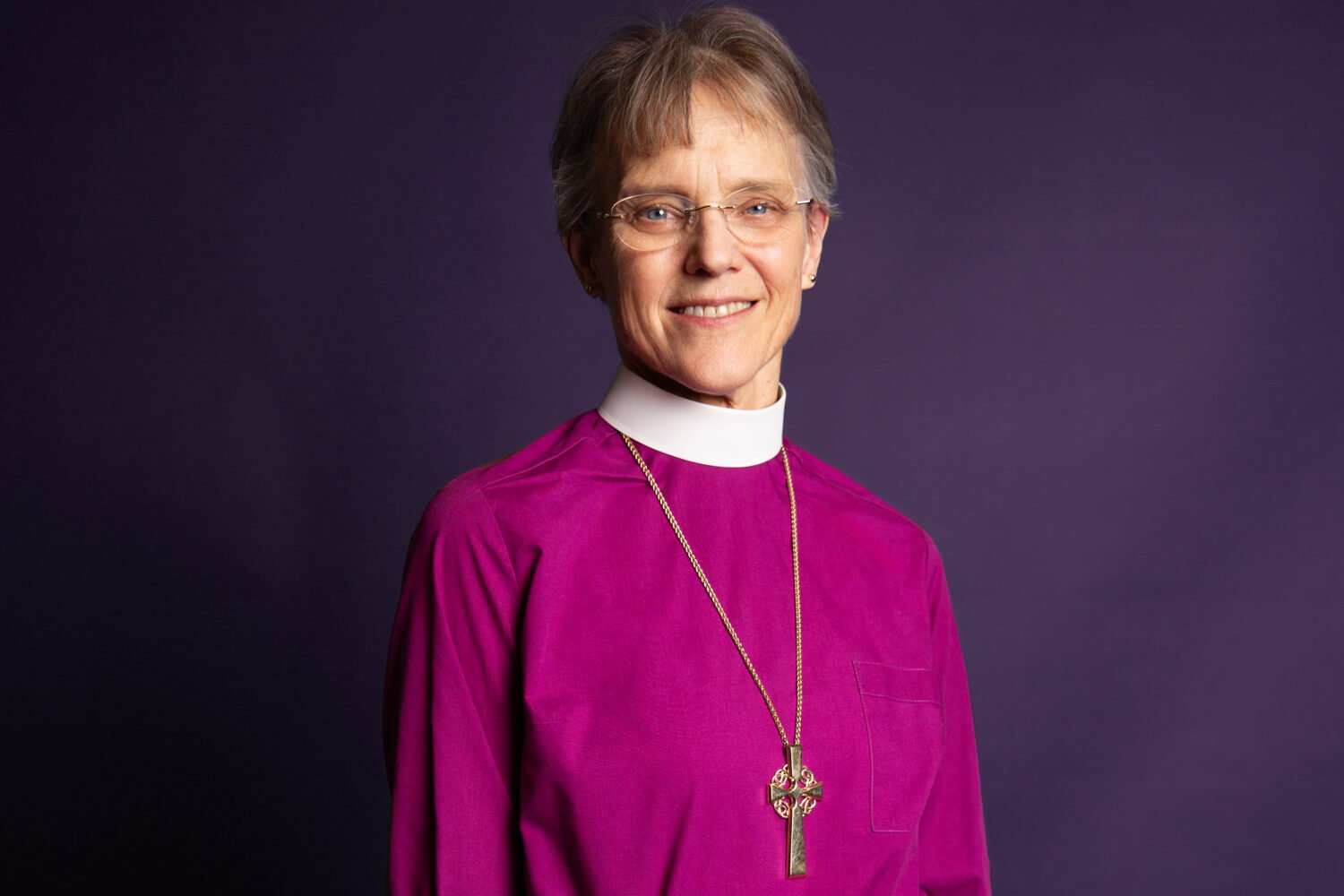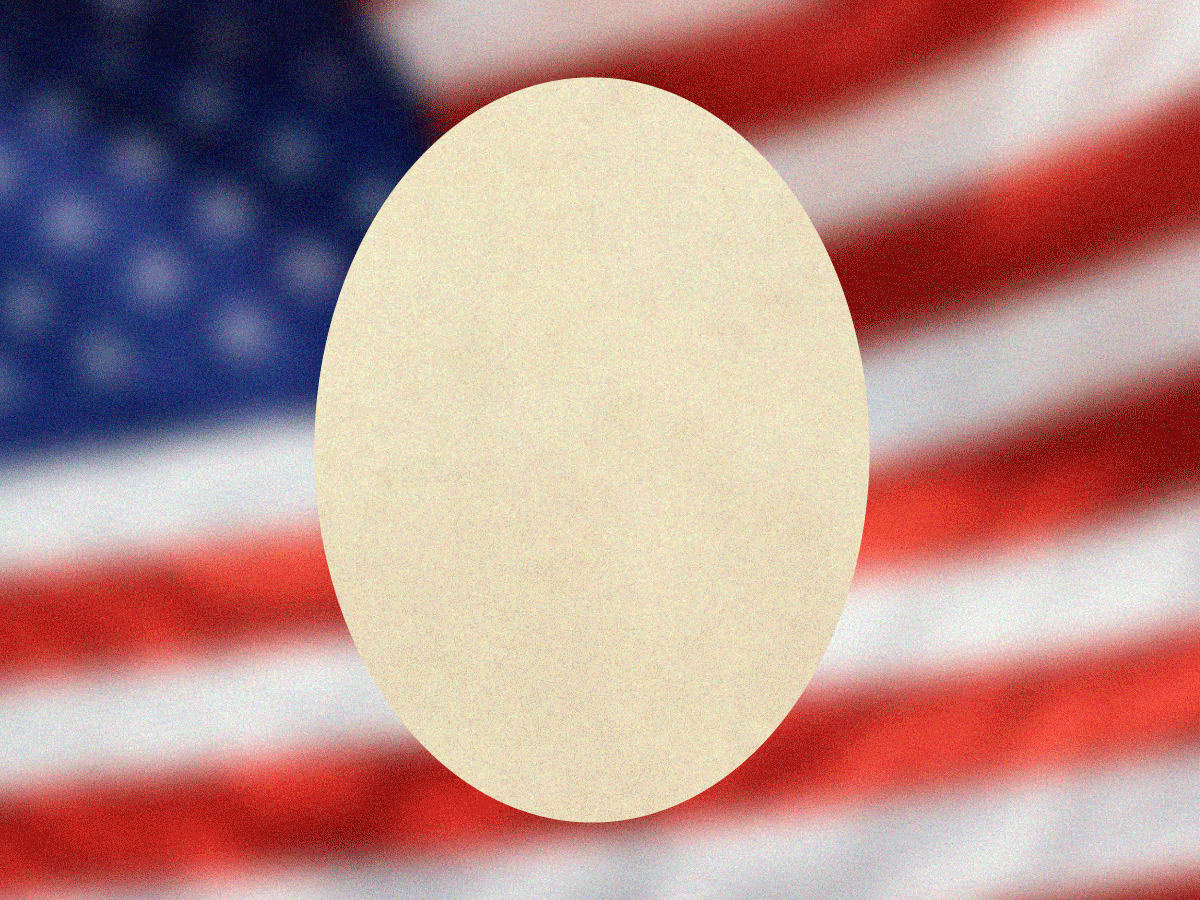On this day, access to a particularly anticipated musical was being offered: Mr. President, which is about a former commander in chief looking to return to office after losing reelection. Featuring music by Irving Berlin and starring Robert Ryan and Nanette Fabray, it sold out its three-week run almost immediately. On opening night, the Kennedys themselves showed up to see it, watching from a box that had been expanded to fit their guests. Despite all that buildup, the musical turned out to be a dud. Critics at the time labeled it “lame” and “stale.” But there was no question that the National Theatre was at the center of DC culture on that night—and many, many others.

Kennedy is one of almost 40 Presidents who have attended a performance there, stretching back to Andrew Jackson. Over its 190-year history, the National has hosted more than 6,000 productions and served as a pre-Broadway tryout for dozens of famous musicals and plays, including the original productions of West Side Story and Hello, Dolly!, along with more recent shows such as Beetlejuice and Mean Girls. It’s both the second-oldest theater in the country and the oldest continuously operating business on Pennsylvania Avenue. It’s where Zero Mostel starred in Fiddler on the Roof in 1964 and where, the following year, Art Carney and Walter Matthau appeared in the original, Mike Nichols–directed version of The Odd Couple. In 1987, Bob Fosse, in town for the opening of a revival of Sweet Charity, had a heart attack on the street nearby and died soon after.
Today, though not commanding the same popularity as it did during the Mr. President days, the National is—after the Kennedy Center—DC’s most prominent venue for Broadway musicals, home to traveling versions of shows that have made news in New York. It’s popular with both tourists and locals, a place to see crowd pleasers like Kimberly Akimbo and the Neil Diamond musical A Beautiful Noise, both of which land there this season.
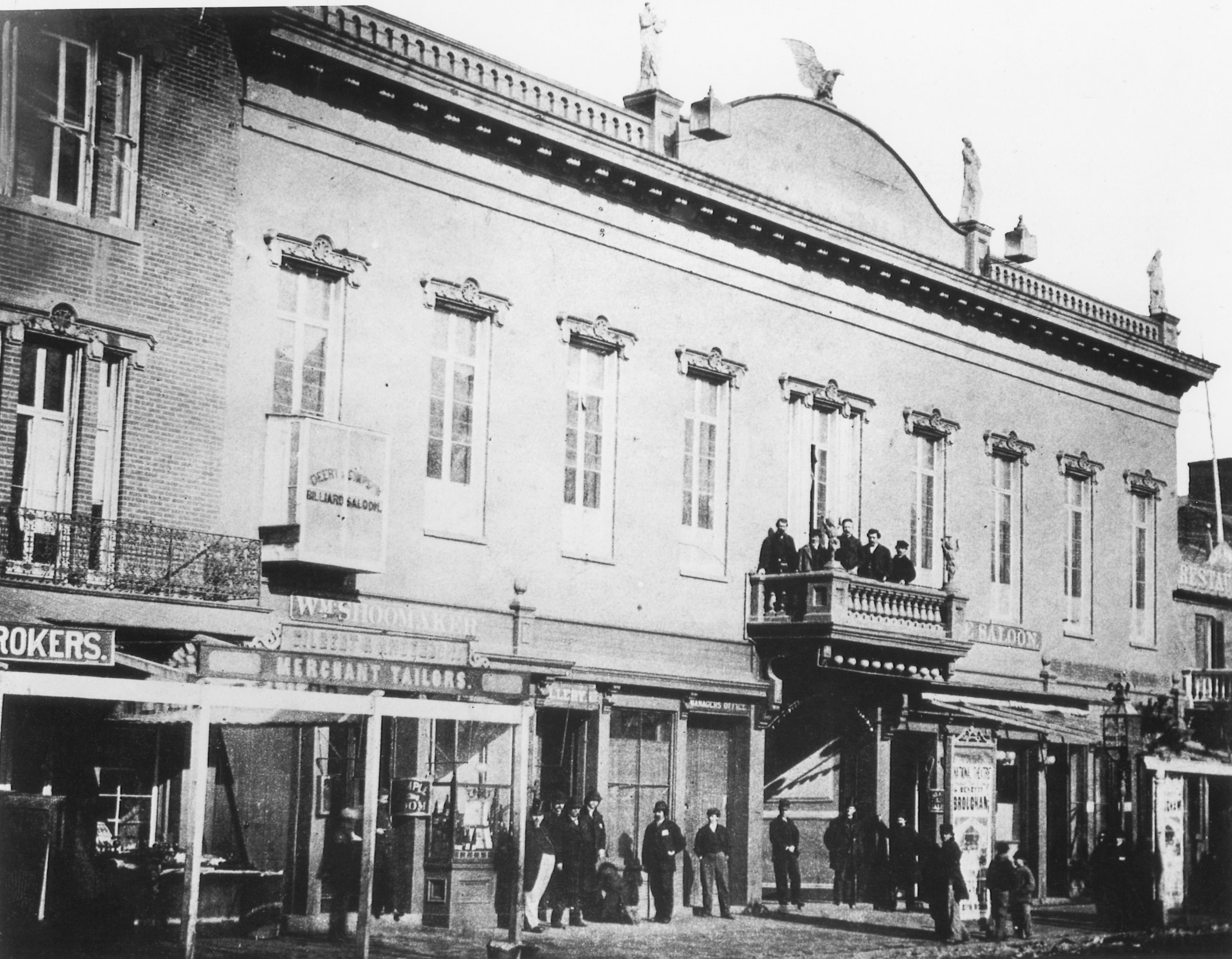
Now the historic theater is set to enter a new phase. Hoping to secure its future, the DC Council is planning to buy the building and fund extensive renovations. The 2025 District budget—approved by the council and awaiting the mayor’s signature—allocates more than $11 million for the project, a move that city officials hope will guarantee the venue’s ongoing health and, just maybe, help restore a downtown cultural scene that’s still recovering from the pandemic. Could a revamped National serve as the anchor of a new theater district—DC’s miniature version of Broadway or London’s West End?
On a recent Tuesday afternoon, the National’s backstage was empty and quiet. MJ: The Musical was set to arrive in a few weeks, but at the moment, the theater was dark. From the stage, I looked out at the 1,700 seats, the two levels of balconies, the gold-ornamented opera boxes. This is the same view that generations of performers have seen while taking their bows. I glanced behind me at the high walls backing the stage, covered with posters from past shows: Cats, Les Misérables, Grease, and many others.
But to really understand the National’s history, you need to head up to a room on the fourth floor, where the theater’s archive lives. Though not currently open to the public, it serves as a fascinating hidden museum that captures a vital slice of local history. The collection—created in 1979 and overseen by an archivist—is a trove of photos, props, and playbills, along with artifacts such as the old hemp-and-sandbag rigging system used to whisk scenery on and off the stage.
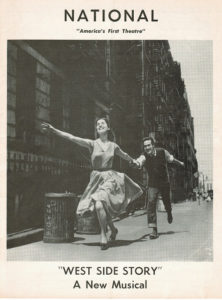
Spend some time with the collection and you can trace the National’s tumultuous history. The original National Theatre, located on the same spot, was opened by a group led by financier William Wilson Corcoran, who cofounded what became known as Riggs Bank and created the Corcoran Gallery of Art. The theater debuted in 1835, with a performance of an 18th-century play called Man of the World, and immediately became a popular attraction. But the place proved remarkably flammable—the gas lamps used for stage lighting around that time were a big issue. The theater burned down in 1845 and was rebuilt, then got torched again in 1857, 1873, and 1885. The current structure was erected in 1922 and, thanks to the wonders of electric lighting, has managed to avoid burning down for the last 102 years.
Shows in the early days were built around traveling stars who toured from city to city, supported by troupes of local actors. Back then, the National was often in a state of flux, frequently changing ownership and cycling through a dizzying range of performers: a French equestrian circus, Swedish opera superstar Jenny Lind, a raunchy and controversial burlesque show.
One patron was Abraham Lincoln, who had planned to attend Aladdin there on the fateful night of April 14, 1865. John Wilkes Booth was well acquainted with the National; he’d appeared there with his actor father, Junius Brutus Booth. When Lincoln changed his mind and headed to Ford’s Theatre instead, Booth, who’d been waiting in the National’s saloon, scrambled to change the plan. The manager of the National would soon send a telegram to its owner: “President Lincoln shot tonight at Ford’s Theatre. Thank God it wasn’t ours.”
The National’s manager sent a telegram to its owner: “President Lincoln shot tonight at Ford’s Theatre. Thank God it wasn’t ours.”
In the first half of the 20th century, the National was a major Broadway-style theater, attracting big-name talent like Tallulah Bankhead and Helen Hayes. As DC began to desegregate in the 1940s, the theater was at the center of a major integration conflict. In 1948, an Actors’ Equity boycott targeted it for its policy of racial segregation. Many actors, including Hayes, helped lead the integration push. But the National’s owners opted to end live performances instead of desegregating.
Finally, in 1952, it reopened as an integrated performance space, with Broadway producers Richard Aldrich and Richard Myers as the new owners and operators. This was a vibrant period for the Washington scene, and for theater in general. In Ghost Light, his memoir about growing up in Washington, former New York Times theater critic Frank Rich writes lovingly of the National in the 1950s and ’60s, when he became obsessed with musicals after attending shows such as Damn Yankees. “If you were a theater nut, as I was, it was exciting,” says Rich. “It was like having a bit of the feel of Broadway in Washington—really big-ticket Broadway shows involving the best people in the theater at that time. You’d see A Funny Thing Happened on the Way to the Forum and a week later it opened in New York.”
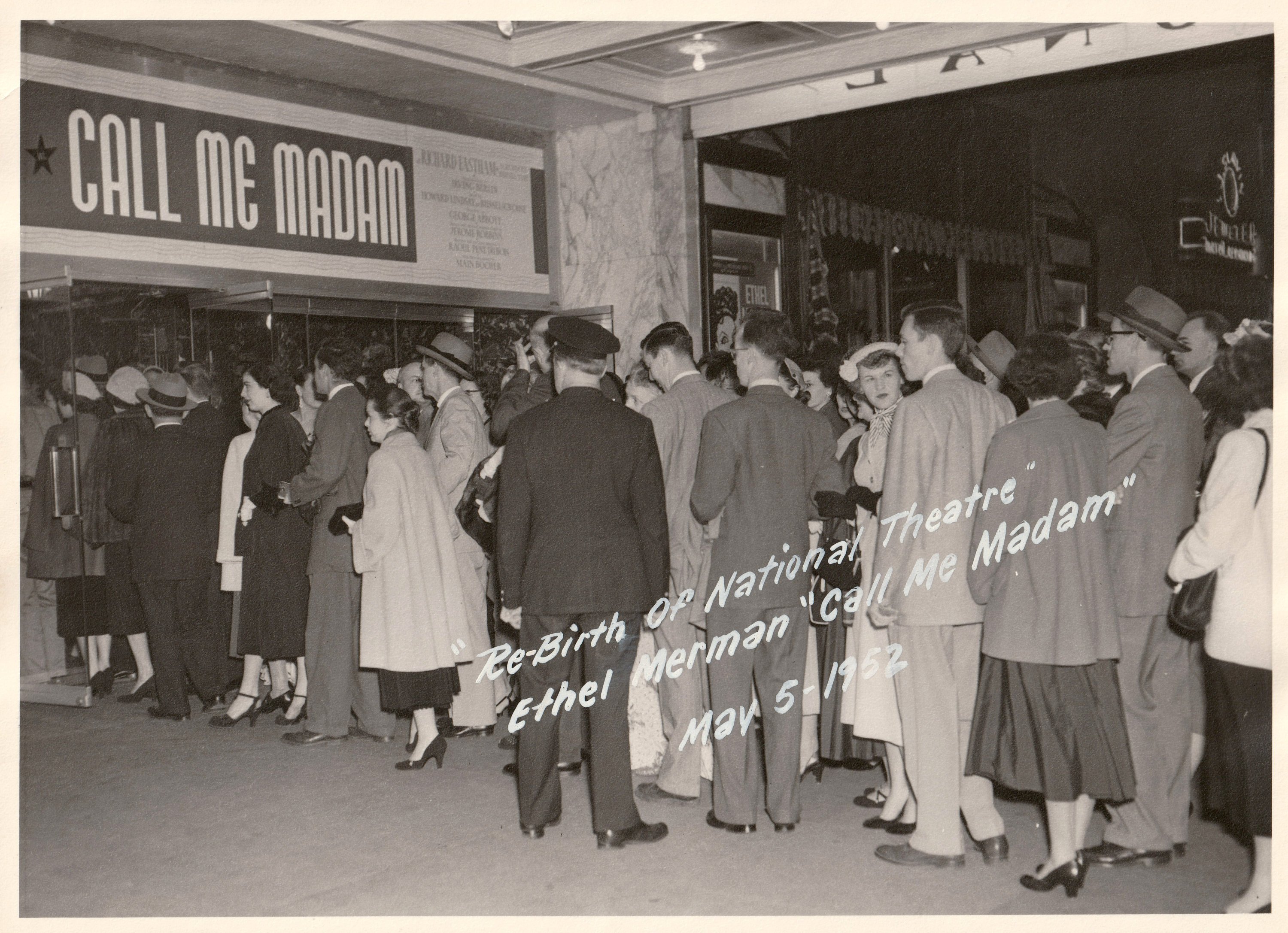
Rich got a job at the National as a ticket taker, allowing him to see shows for free. Witnessing the tinkering that happened pre-Broadway proved useful decades later in his gig as a consultant for HBO. “It was an incredible learning experience,” says Rich, who has worked on TV shows like Veep and Succession. “It helped me figure out a lot of things about the theater that I’ve used as a drama critic or as a producer in television—watching some of the great people in the theater fix these shows.”
After the 1968 riots, the National’s prominence dimmed, as many patrons stayed away from downtown. In 1971, the Kennedy Center opened, and some of the top theatrical productions had a new home. The National nearly shuttered in the late 1970s, when a development group began buying up buildings on Pennsylvania Avenue. It was among their targets, but they backed off after an outpouring of support for the DC institution.
The pandemic hit the National hard, as it did every live-event venue. The theater says it has recovered better than many other nonprofit theaters, but things still aren’t fully back to normal, with Friday shows struggling to reach pre-Covid levels.
As part of a plan to ensure a more stable future, the National Theatre Foundation—which operates the venue—decided to try to buy the building from its landlord, Quadrangle Development. That would reduce costs, prevent future rent hikes, and allow it to invest in upgrades to infrastructure. In early 2024, the foundation brought the idea to the DC Council, hoping to secure some funding or a loan.
But the foundation was told that budget funding can be used only for District-owned property. That led to the idea of the city buying the building instead. Now DC intends to sign a 99-year lease with the nonprofit, charging a nominal monthly fee. The move isn’t unprecedented: The city government previously purchased the Howard and Lincoln theaters and leased them to operators, helping ensure their continued vitality.
DC Council chairman Phil Mendelson says the city won’t have any role in operating the National—this is purely about finances. The National Theatre Foundation will continue to manage community programming and general oversight, while booking will still be arranged by the New York–based Nederlander Organization. Mendelson says the move provides the theater with more “certainty and latitude” to expand its programming and activities.
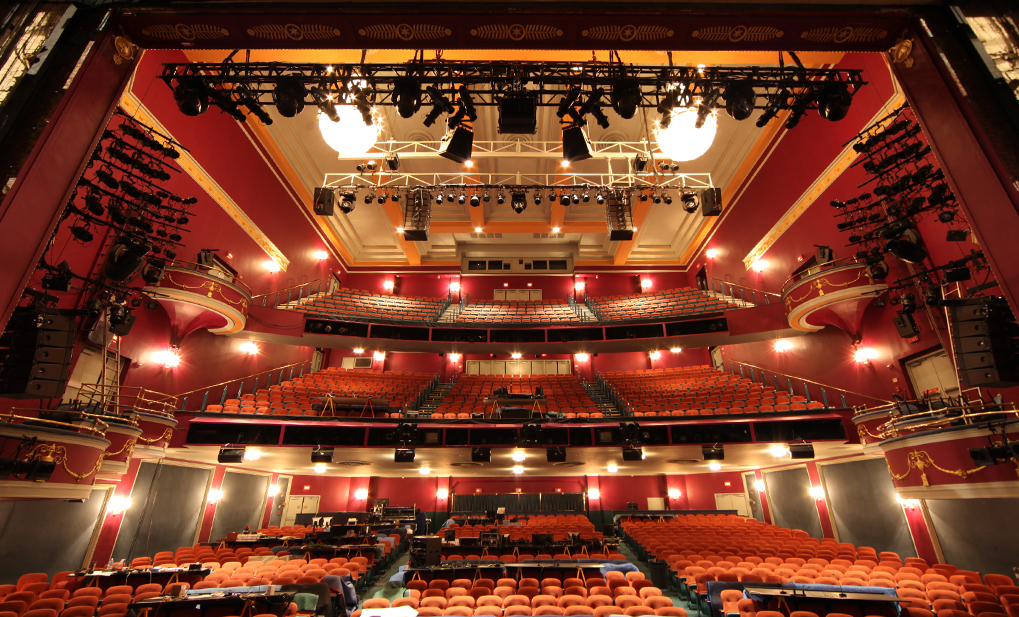
One intriguing aspect of the plan: The National Theatre Foundation has suggested using a revamped National as the anchor for some sort of official DC theater district. Of course, the Washington area is packed with notable theaters and companies that don’t happen to be located downtown. But there are several high-quality theaters and performance venues near the National, including Ford’s and Woolly Mammoth. Sandy Wilkes, chairman of the board of the National Theatre Foundation, says there’s also potential for new theaters when, for example, the FBI building is redeveloped. He imagines that a theater district might include coordinated programming and new signage to market it as a cohesive unit. “This goes right into the epicenter of downtown recovery and getting people downtown,” Wilkes says. “There’s a whole opportunity out there.”
This article appears in the August 2024 issue of Washingtonian.







